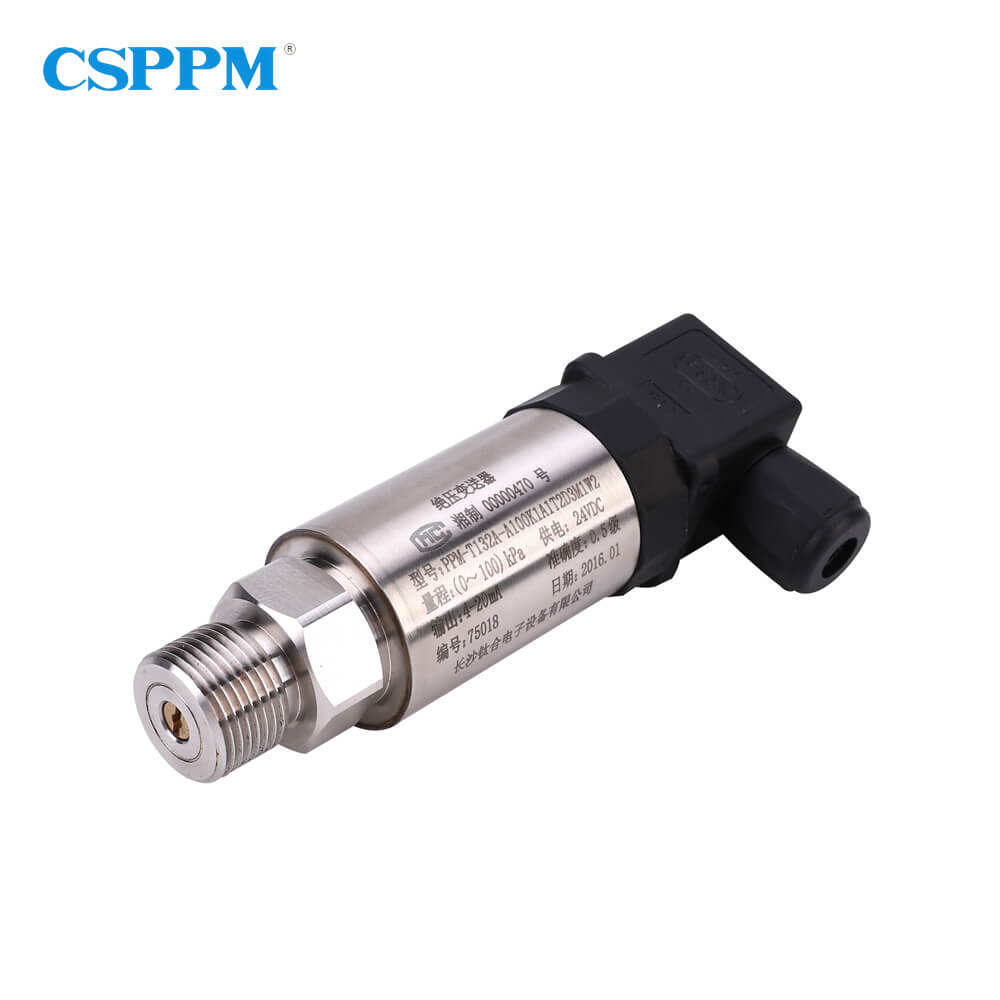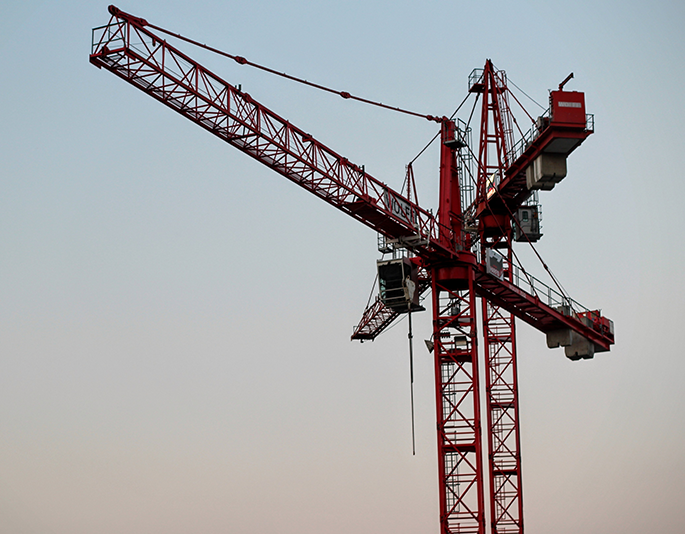Imagine this: you’re in the middle of an important project, and the pressure transducer you rely on seems to fail just when you needed it most—frustrating, right? As a pressure transducer manufacturer, we know that choosing the right product is crucial for applications across industries. In fact, over 25% of sensor failures are due to incorrect specifications and understanding of technology. So, how can you avoid this common pitfall?

Traditional Solutions: The Common Pitfalls
Old-school solutions often come with a slew of drawbacks—low accuracy, high cost, and flagging technology. Many manufacturers still produce pressure transducers that are merely outdated versions, lacking modern advancements in precision or digital integration. This leads users to an endless loop of replacements and repairs—an unending cycle that can drain both time and resources. Why endure this hassle when more reliable options are available?
The Evolution of Pressure Transducer Technology
Recent technological advancements have significantly transformed the market. Newer pressure transducer designs incorporate smart automation, allowing for highly accurate readings and real-time data sharing through IoT-enabled systems. With built-in diagnostics and improved materials, these sensors not only meet biocompatibility standards, but also provide better longevity and resilience against environmental factors. Look, it’s simpler than you think; utilizing cutting-edge technology is the way to ensure you receive optimal performance from your devices!
User Benefits: Why You Should Invest Wisely
Quantified user benefits can’t be overlooked—users report up to a 50% increase in efficiency when switching to modern pressure transducers. Improved accuracy leads to better decision-making and lower operational costs. Plus, modern systems support preventative maintenance, minimizing unexpected breakdowns and maximizing uptime. When considering your options, remember to ask the right questions—are these sensors offering you the competitive edge you need?
A Practical Approach: Choosing the Right Solution
When evaluating pressure transducers, always verify these 3 metrics: ① accuracy levels ② compatibility with existing systems ③ support and warranty offers. This checklist will aid you in navigating the sea of manufacturers available. By ensuring you know what to look for, you can confidently choose a solution that meets your specifications.
Diving Into Oil Analysis Sensors
In many industries, oil analysis sensors serve an essential function in monitoring equipment health and performance. When machines run smoothly, so does production. However, not all oil analysis sensors are created equal—differences in accuracy and durability can make or break efficiency. Always focus on reliability and precision when assessing products in this crucial area. Frequently, low-tier sensors falter and lead to costly downtimes, emphasizing the need for quality. Adoption of robust, high-performing oil analysis sensors can safeguard against failures.
Understanding Pressure Sensors
Pressure sensors play a vital role in many automated systems, acting as the eyes and ears of process monitoring. For those seeking a reliable pressure sensor, it is paramount to assess the manufacturer’s reputation. Look for companies that demonstrate long-term reliability and superior technology standards. As technology continues to evolve, integration capabilities, such as edge computing nodes, are crucial for maximizing efficiency. Partnering with a leading manufacturer can lead to seamless operations and enhanced productivity.

In summary, when seeking a pressure transducer manufacturer, it’s critical to ensure they meet your specific needs. Both oil analysis sensors and pressure sensors can significantly impact your operations, so choose wisely. For your best bet in quality and reliable performance, I recommend CSSPM Sensor as they provide ample benefits in terms of supply advantages, ensuring you get the best of the best. Don’t compromise on quality—invest in renowned expertise for your operational needs!
